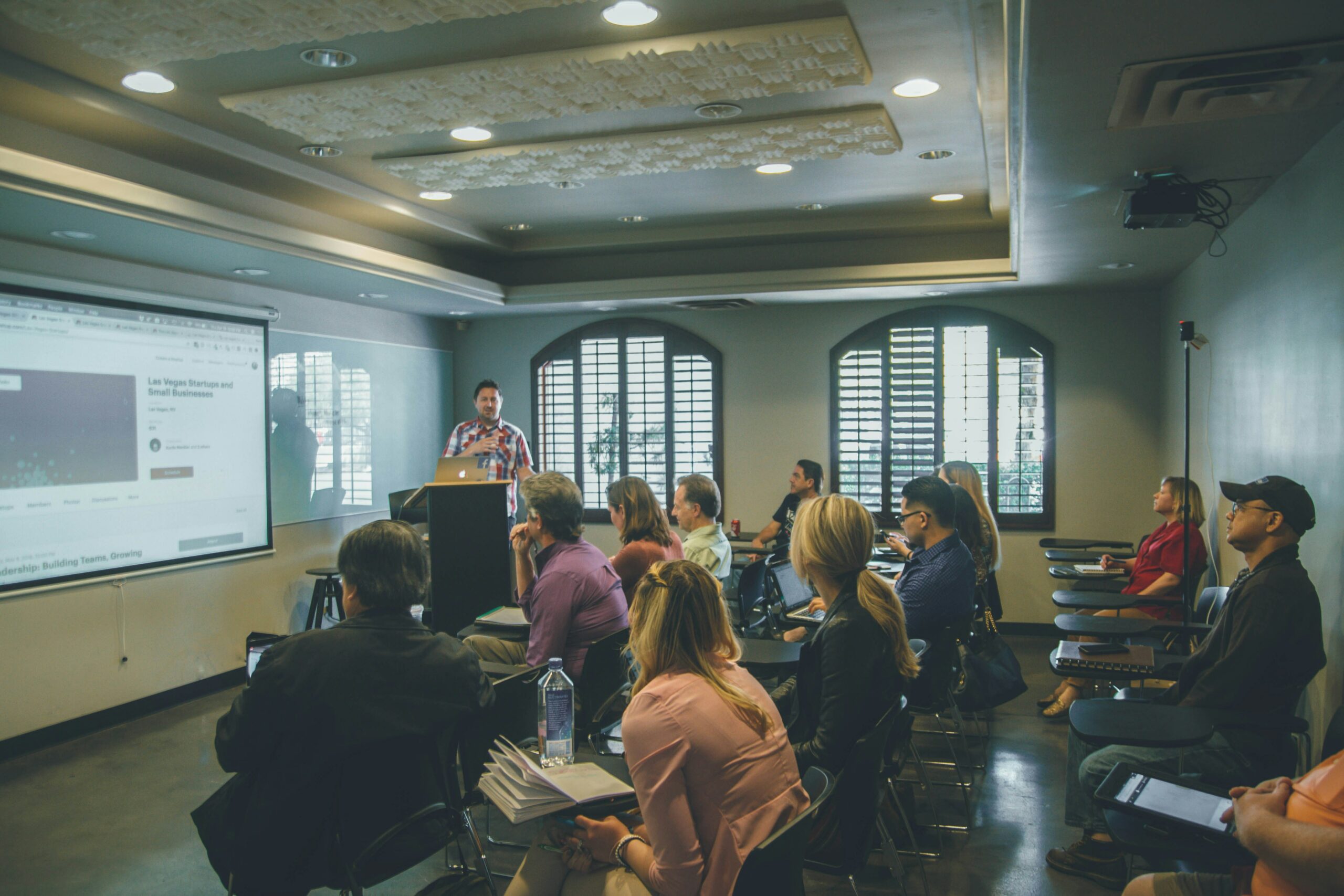Leveraging Virtual Reality for Field Trips in Geography Classes
Virtual reality (VR) holds immense potential in transforming geography education by providing students with immersive learning experiences. Through VR technology, learners can transcend the confines of traditional teaching methods and venture into different geographical landscapes, enhancing their understanding of various terrains, climates, and ecosystems. This interactive approach to education not only captures students’ attention but also fosters a deeper sense of curiosity and exploration, making the learning process more engaging and meaningful.
Furthermore, virtual reality enables educators to create dynamic and customizable learning environments that cater to diverse learning styles and preferences. By incorporating VR field trips and simulations into the curriculum, teachers can offer students an opportunity to explore remote locations and experience real-world geographical scenarios in a safe and controlled setting. This hands-on approach to learning not only makes geography lessons more interactive but also helps students develop crucial spatial awareness skills and critical thinking abilities.
VR technology provides immersive learning experiences
Helps students understand various terrains, climates, and ecosystems
Captures students’ attention and fosters curiosity and exploration
Educators can create dynamic and customizable learning environments with VR
Incorporating VR field trips and simulations into the curriculum allows students to explore remote locations safely
Hands-on approach helps develop spatial awareness skills and critical thinking abilities
Enhancing Student Engagement with Virtual Reality Field Trips
Virtual reality (VR) technology has revolutionized the way geography education is delivered to students. By immersing students in interactive digital environments, VR field trips offer a unique learning experience that enhances student engagement. Students can explore different geographical landscapes, such as rainforests or deserts, from the comfort of their classroom, making learning more accessible and engaging.
Through VR field trips, students have the opportunity to interact with 3D maps, globes, and models in a way that traditional methods cannot replicate. This hands-on approach allows students to make connections between theoretical concepts and real-world scenarios, deepening their understanding of geographical concepts. Additionally, VR field trips can cater to different learning styles, providing a dynamic and personalized learning experience for students of all abilities.
Exploring Different Geographical Landscapes Through Virtual Reality
Virtual reality (VR) technology has revolutionized the way students explore various geographical landscapes. Through VR devices, students can immerse themselves in realistic environments and interact with different terrains, climates, and ecosystems. This hands-on experience enhances their understanding of geographical concepts and allows them to visualize theoretical knowledge in a practical setting.
Furthermore, exploring different geographical landscapes through virtual reality enables students to travel to remote locations without leaving the classroom. This eliminates the limitations of traditional field trips, such as cost, time, and safety concerns. By virtually visiting diverse geographical settings, students can broaden their perspective and develop a deeper appreciation for the Earth’s natural wonders.
How can virtual reality benefit geography education?
Virtual reality can provide students with immersive experiences of different geographical landscapes, helping them better understand concepts and make connections between theory and real-world examples.
Can virtual reality field trips enhance student engagement?
Yes, virtual reality field trips can significantly enhance student engagement by allowing them to explore different geographical landscapes in a more interactive and immersive way compared to traditional methods.
What are some of the different geographical landscapes that can be explored through virtual reality?
Virtual reality technology allows students to explore a wide range of geographical landscapes, such as rainforests, deserts, mountains, oceans, and urban environments, providing a holistic understanding of the world around them.





